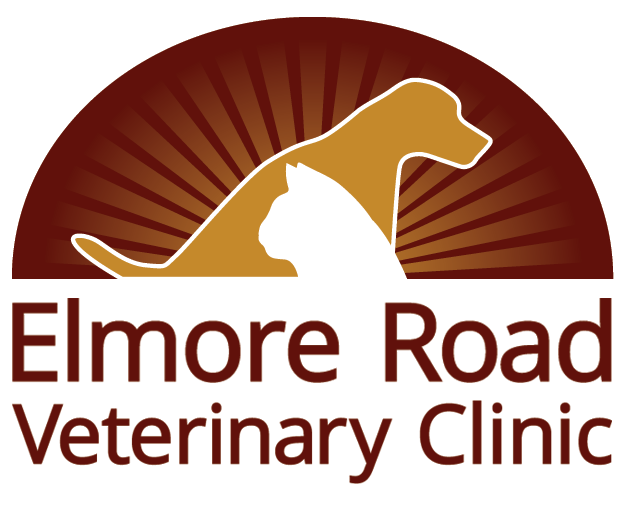6 Tips to Provide Top-Notch Dental Care for Your Pet
February is National Pet Dental Health Month, but we like to celebrate great oral hygiene all year long. Such an important part of your pet’s health shouldn’t be ignored 11 months out of the year. Follow these tips to keep your pet’s pearly whites healthy:
- Don’t skimp on veterinary exams. While it can be tempting to avoid scheduling a veterinary visit until you notice a problem with your pet, preventive exams are crucial in catching problems early. By the age of three, about 75 percent of pets have some stage of dental disease. If dental care is pushed to the back burner, disease can quickly elevate, leading to serious issues. During your pet’s routine wellness exams, oral health is evaluated, and we’ll let you know if we see any painful gingivitis, tartar accumulation, or diseased teeth that may need to be extracted. Staying on top of routine oral exams allows us to catch periodontal problems before they lead to pain, infection, or necessary extractions.
- Start fresh with a comprehensive dental cleaning. If you lift your pet’s lip and glance quickly at her teeth, chances are you’ll see some tartar accumulation. That tough substance is like cement, and it’s difficult to remove without some heavy-duty assistance. This is where veterinary dental cleanings come in. Dental X-rays are performed to check for any signs of hidden root disease, teeth are scaled to remove tartar (even the bacteria and tarter that are hiding below the gum line), teeth are polished, and then the dental cleaning is completed with a fluoride treatment. Once your pet’s smile is bright and shiny again, you can institute an at-home dental health care plan to prevent future tartar buildup.
- Know the signs of dental disease. Pets are excellent at hiding signs of illness, so be on the lookout for any signs of periodontal problems, such as:
- Bad breath
- Bleeding from the gums
- Discolored, loose, or missing teeth
- Chewing on one side of the mouth
- Dropping food
- Decreased appetite
- Excessive drooling
- Yellow-brown tartar
- Pawing at the face
- Swelling around the mouth, especially under the eyes
- Pick the appropriate diet. While there are some approved dental diets that have been shown to reduce tartar buildup, those diets include much bigger pieces of kibble than your standard pet food. If you are not purchasing a prescription dental diet, wet or dry food will not make a difference in your pet’s oral health. Stick with your pet’s preference regarding food, and add in other home dental products known to help reduce tartar and gingivitis. Find products approved for dogs and cats by the Veterinary Oral Health Council (VOHC) at vohc.org.
- Schedule daily toothbrushing. Do not decide on a whim that today would be a wonderful day to begin brushing your pet’s teeth, especially if you have a feisty kitty at home. Slowly introduce your pet to toothbrushing, starting with just offering samples of pet-appropriate toothpaste and working your way to rubbing your finger on her teeth with the toothpaste, until you can eventually use a pet-friendly toothbrush every day, or at least 3–4 times per week. Avoid human products that contain fluoride and are meant to be spit out.
- Understand that dental health affects the whole body. While you may enjoy the benefits of a healthy mouth with fresh breath when your pooch is panting on you, your pet will appreciate that good oral hygiene even more. Bacteria in the mouth can get into the bloodstream and travel to the heart, liver, and kidneys, which can cause serious health problems. A healthy mouth leads to a healthy body.
Ready to banish bad breath and tough tartar? Give us a call to schedule your pet’s comprehensive oral health visit.

